Which one of the following diagrams represents the placentation in Dianthus
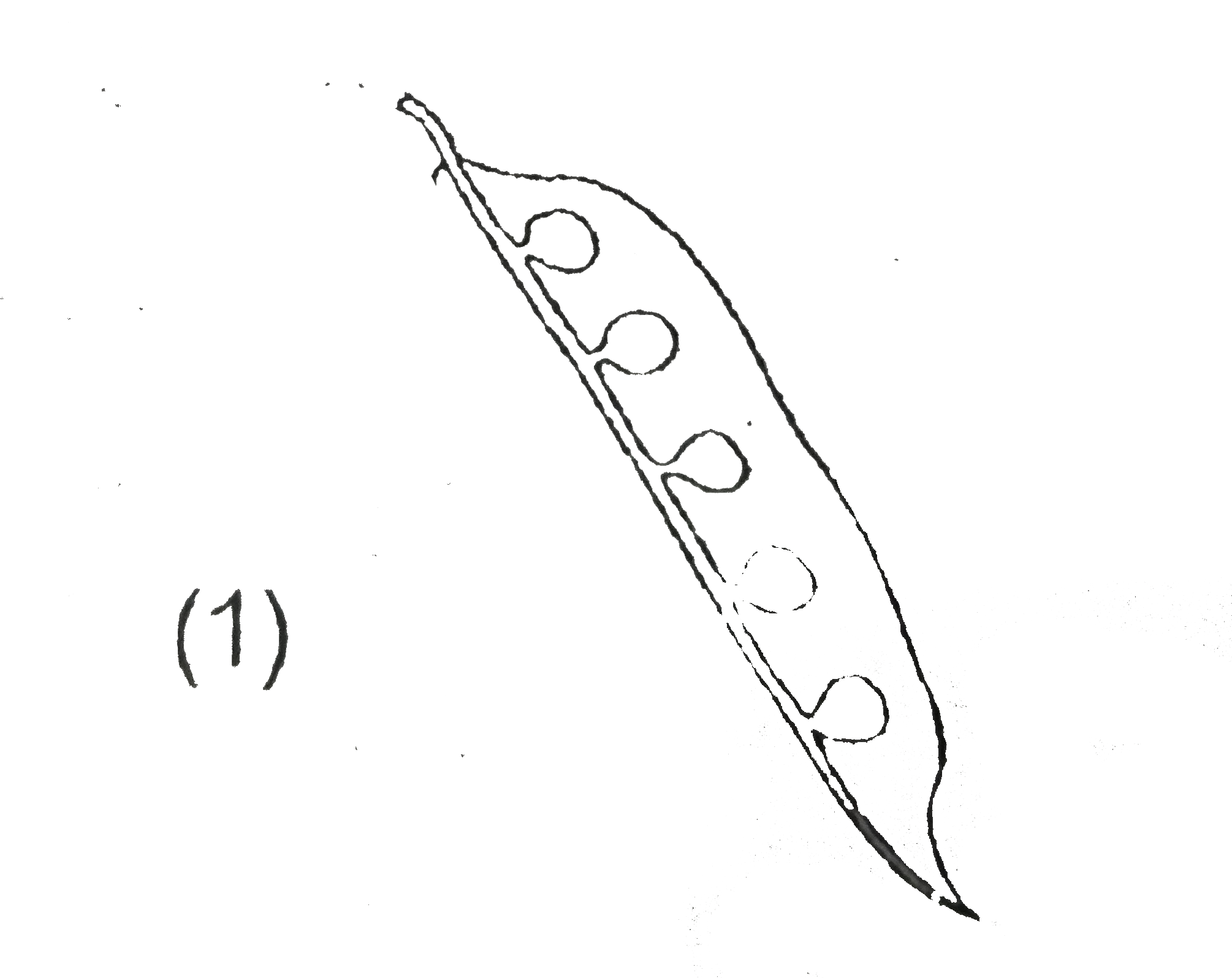
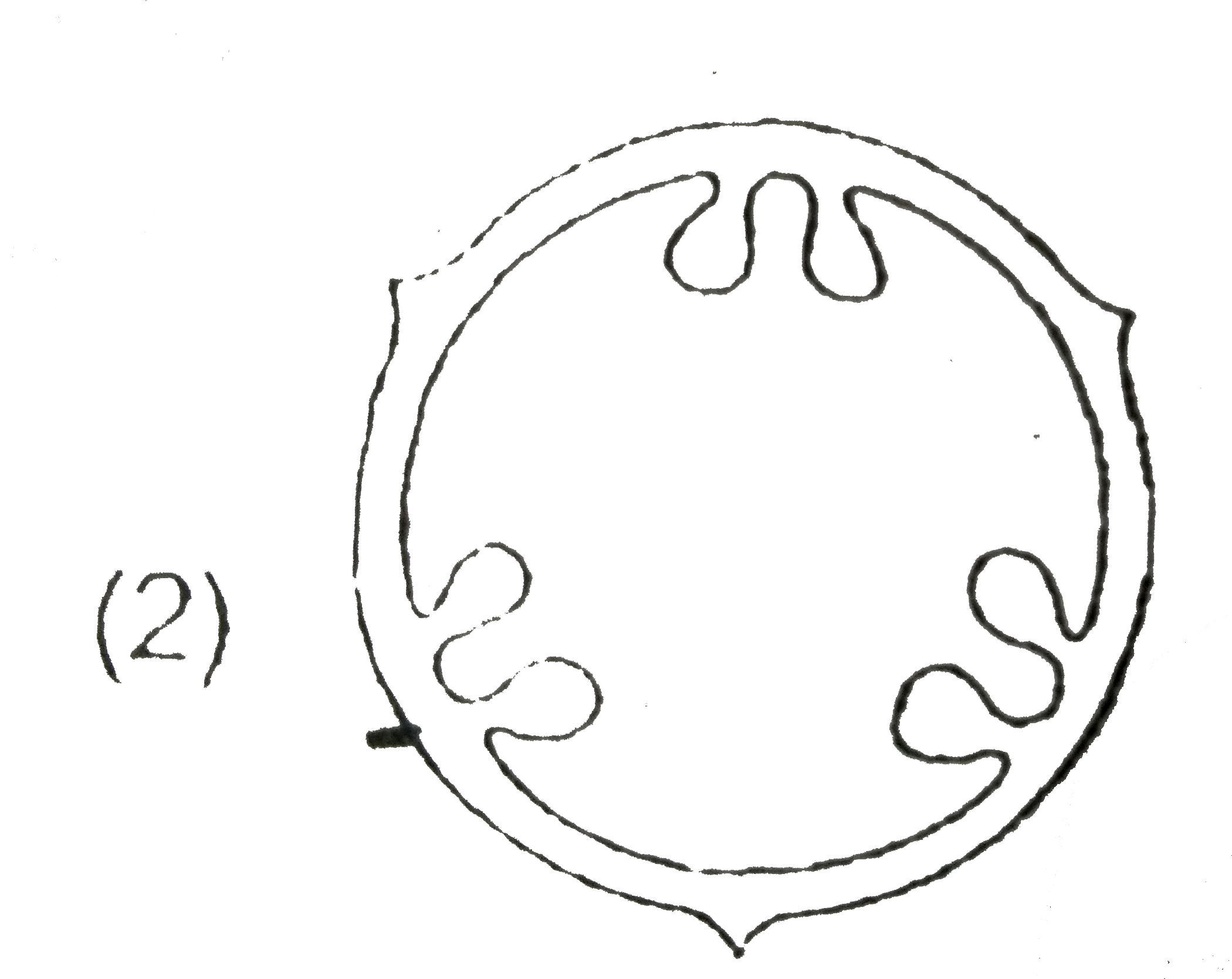
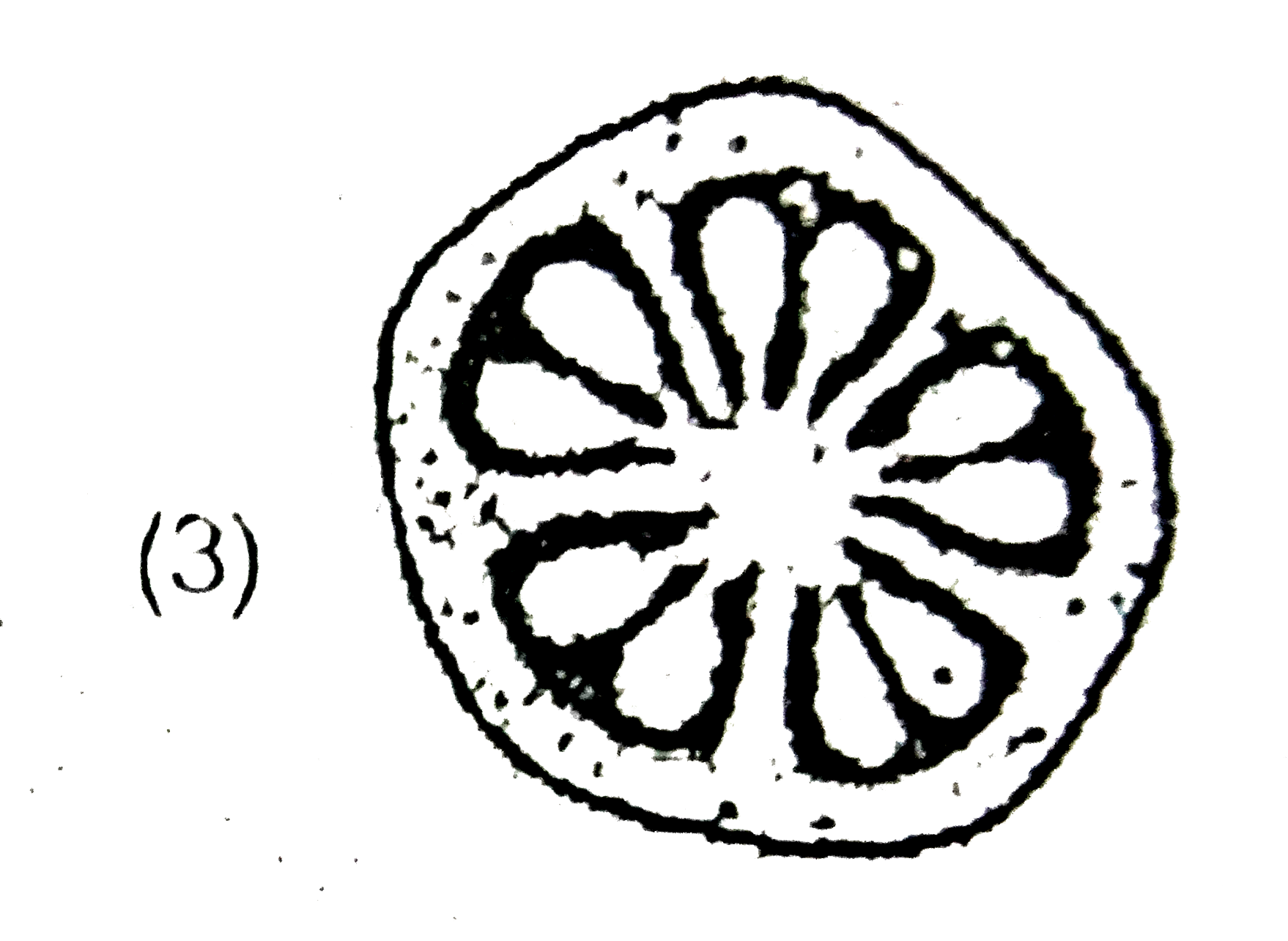
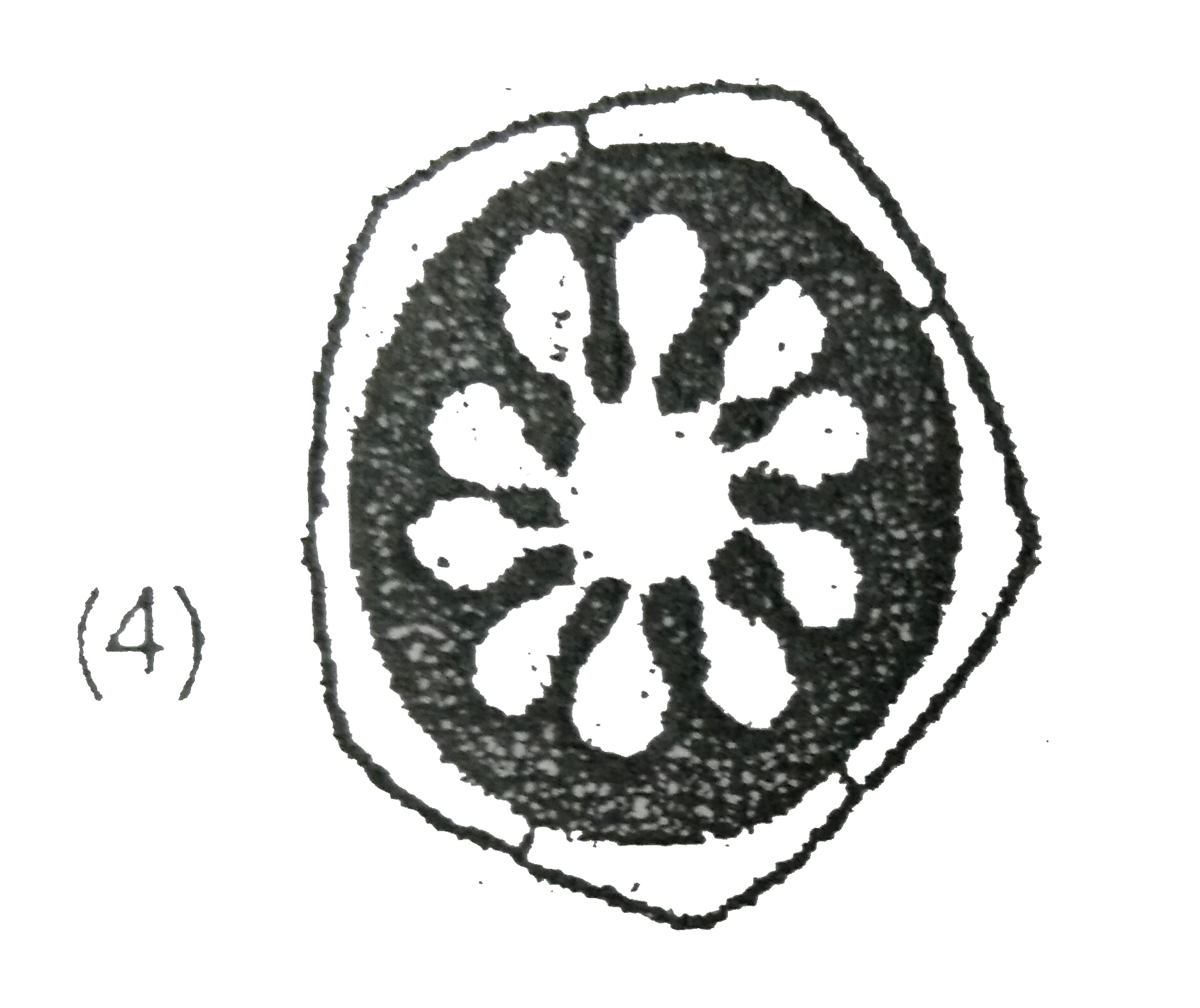
The correct Answer is:D
To solve the question regarding which diagram represents the placentation in Dianthus, we will follow these steps:
1. Understand the Concept of Placentation:
- Placentation refers to the arrangement of ovules within the ovary of a flower. It is crucial for the transfer of nutrients and water from the maternal tissue to the developing embryo.
2. Identify Types of Placentation:
- There are several types of placentation, including:
- Marginal: Ovules are attached along the margin of the ovary.
- Parietal: Ovules are attached to the inner wall of a single-chambered ovary.
- Axile: Ovules are attached to a central axis in a multilocular ovary.
- Free central: Ovules are attached to a central axis but are free from the ovary walls.
3. Analyze Each Diagram:
- Go through each of the provided diagrams to identify which type of placentation they represent:
- First Diagram: Represents marginal placentation.
- Second Diagram: Represents parietal placentation.
- Third Diagram: Represents axile placentation.
- Fourth Diagram: Represents free central placentation.
4. Identify the Correct Type for Dianthus:
- The type of placentation found in Dianthus is free central placentation. This means that the ovules are borne on a central axis within the ovary.
5. Select the Correct Diagram:
- Based on the analysis, the diagram that represents free central placentation is the one corresponding to Dianthus.
Final Answer:
The diagram that represents the placentation in Dianthus is the one depicting free central placentation.
---
- Placentation refers to the arrangement of ovules within the ovary of a flower. It is crucial for the transfer of nutrients and water from the maternal tissue to the developing embryo.
- There are several types of placentation, including:
- Marginal: Ovules are attached along the margin of the ovary.
- Parietal: Ovules are attached to the inner wall of a single-chambered ovary.
- Axile: Ovules are attached to a central axis in a multilocular ovary.
- Free central: Ovules are attached to a central axis but are free from the ovary walls.
- Go through each of the provided diagrams to identify which type of placentation they represent:
- First Diagram: Represents marginal placentation.
- Second Diagram: Represents parietal placentation.
- Third Diagram: Represents axile placentation.
- Fourth Diagram: Represents free central placentation.
- The type of placentation found in Dianthus is free central placentation. This means that the ovules are borne on a central axis within the ovary.
- Based on the analysis, the diagram that represents free central placentation is the one corresponding to Dianthus.
The diagram that represents the placentation in Dianthus is the one depicting free central placentation.
Topper's Solved these Questions
- MORPHOLOGY OF FLOWERING PLANTSBOOK - AAKASH INSTITUTE ENGLISHCHAPTER - MORPHOLOGY OF FLOWERING PLANTSEXERCISE - SECTION-D ASSERTION-REASON TYPE QUESTIONS
10 Videos
- MORPHOLOGY OF FLOWERING PLANTSBOOK - AAKASH INSTITUTE ENGLISHCHAPTER - MORPHOLOGY OF FLOWERING PLANTSEXERCISE - TRY YOURSELF
38 Videos
- MORPHOLOGY OF FLOWERING PLANTSBOOK - AAKASH INSTITUTE ENGLISHCHAPTER - MORPHOLOGY OF FLOWERING PLANTSEXERCISE - SECTION-B OBJECTIVE TYPE QUESTIONS
35 Videos
- MOLECULAR BASIS OF INHERITANCE BOOK - AAKASH INSTITUTE ENGLISHCHAPTER - MOLECULAR BASIS OF INHERITANCE EXERCISE - ASSIGNMENT (SECTION -D) (Assertion -Reason Type Questions)
20 Videos
- NEURAL CONTROL AND COORDINATION BOOK - AAKASH INSTITUTE ENGLISHCHAPTER - NEURAL CONTROL AND COORDINATION EXERCISE - Assignment SECTION - D (Assertion-Reason Type Questions )
10 Videos
Similar Questions
Knowledge Check
Ellingham diagram represents:
AΔG with temperatureBΔH with temperatureCΔH with pressureD(ΔG−TΔS) with temperatureWhich of the following figures represents a typical placentation as seen in Hibiscus rosa sinensis (China rose)?
A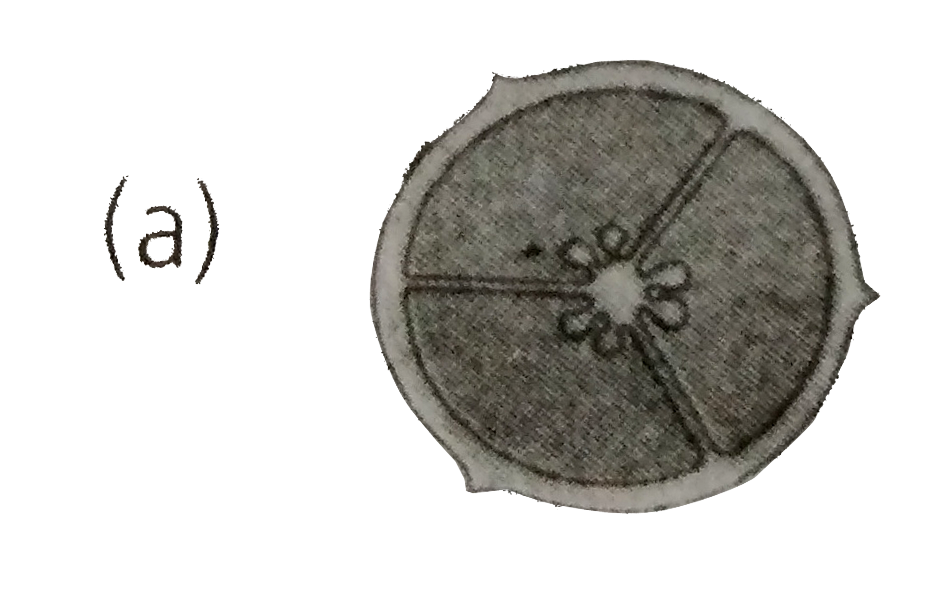 B
B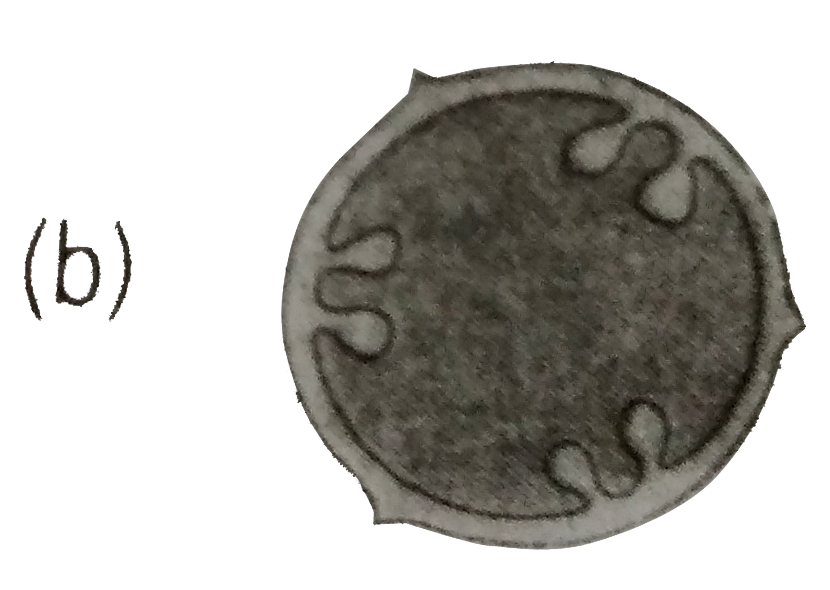 C
C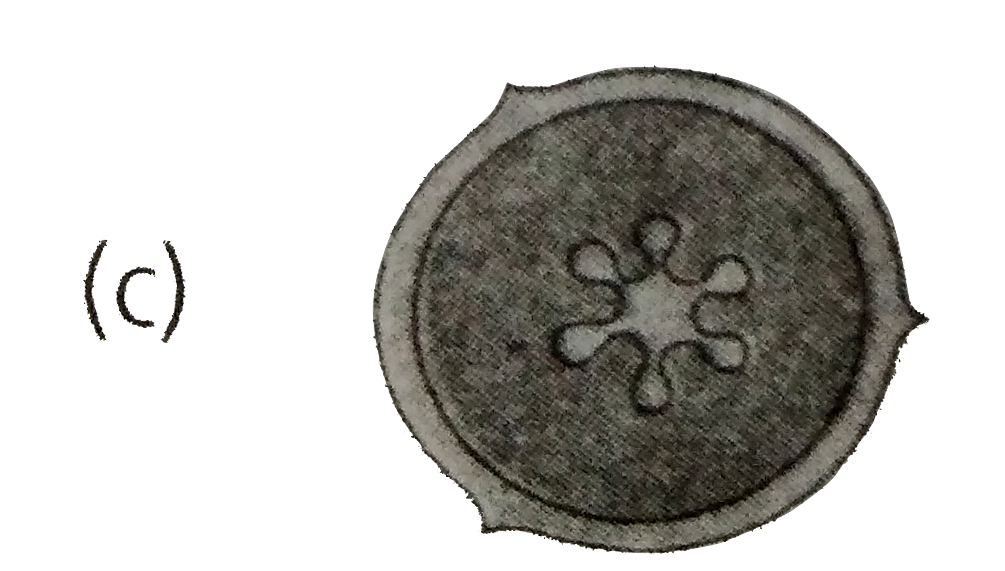 D
D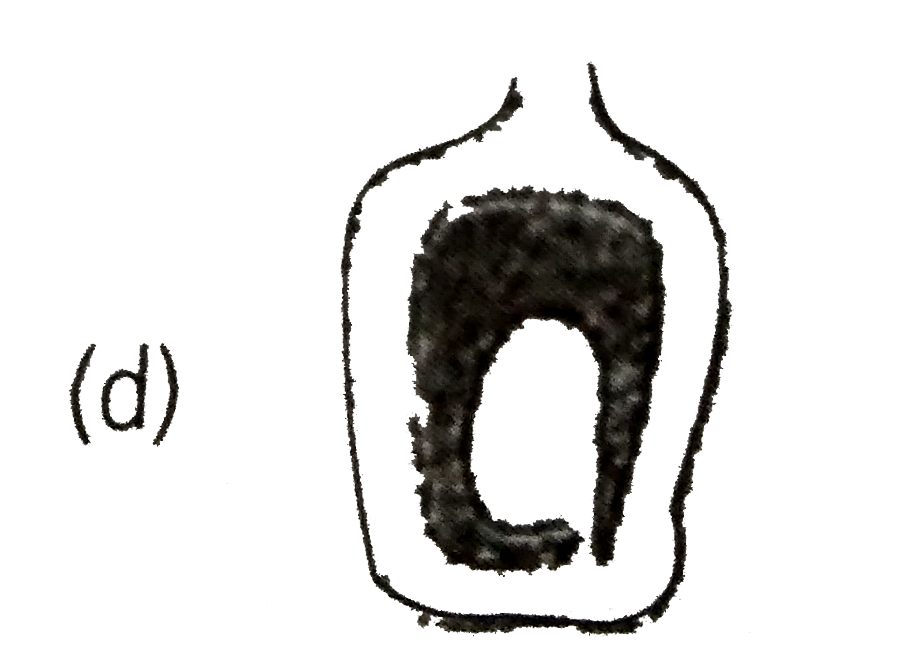
What does the following diagram represent ?
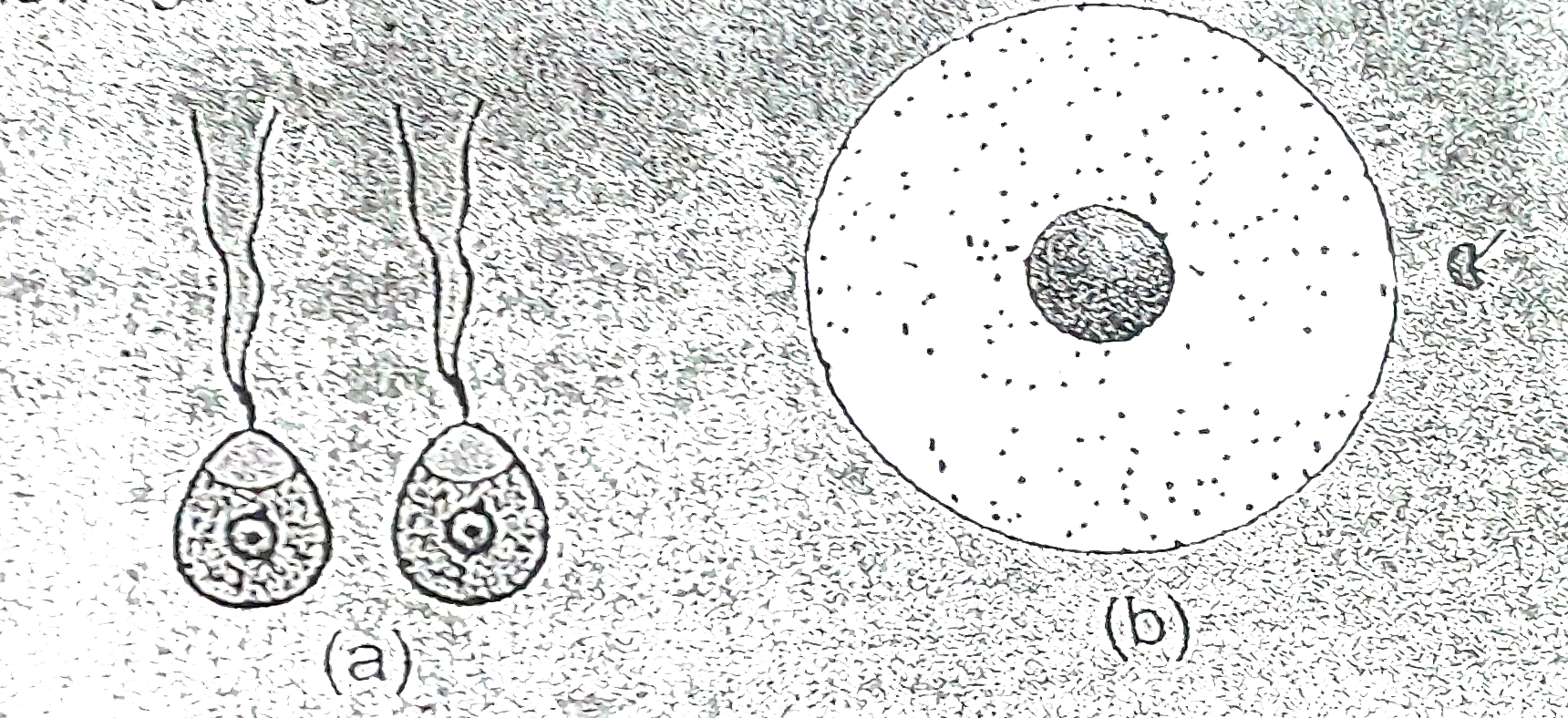
View SolutionWhich one of the following figures represents the placentation on primrose ?
View SolutionWhich one of the following represents a wave ?
View SolutionWhich of the following Venn diagram represent (A−B)?
View SolutionWhich one of the following diagrams represents the most common relationships between temperature and enzyme activity, when the temperature is raised gradually from 0- 80∘ C?
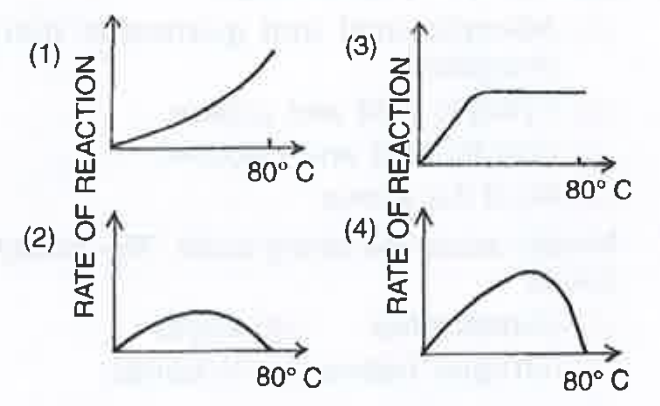
View SolutionA metallic shell has a point charge 'q' kept inisde its cavity. Which one of the following diagrams correctly represents the electric lines of forces?
View Solution
